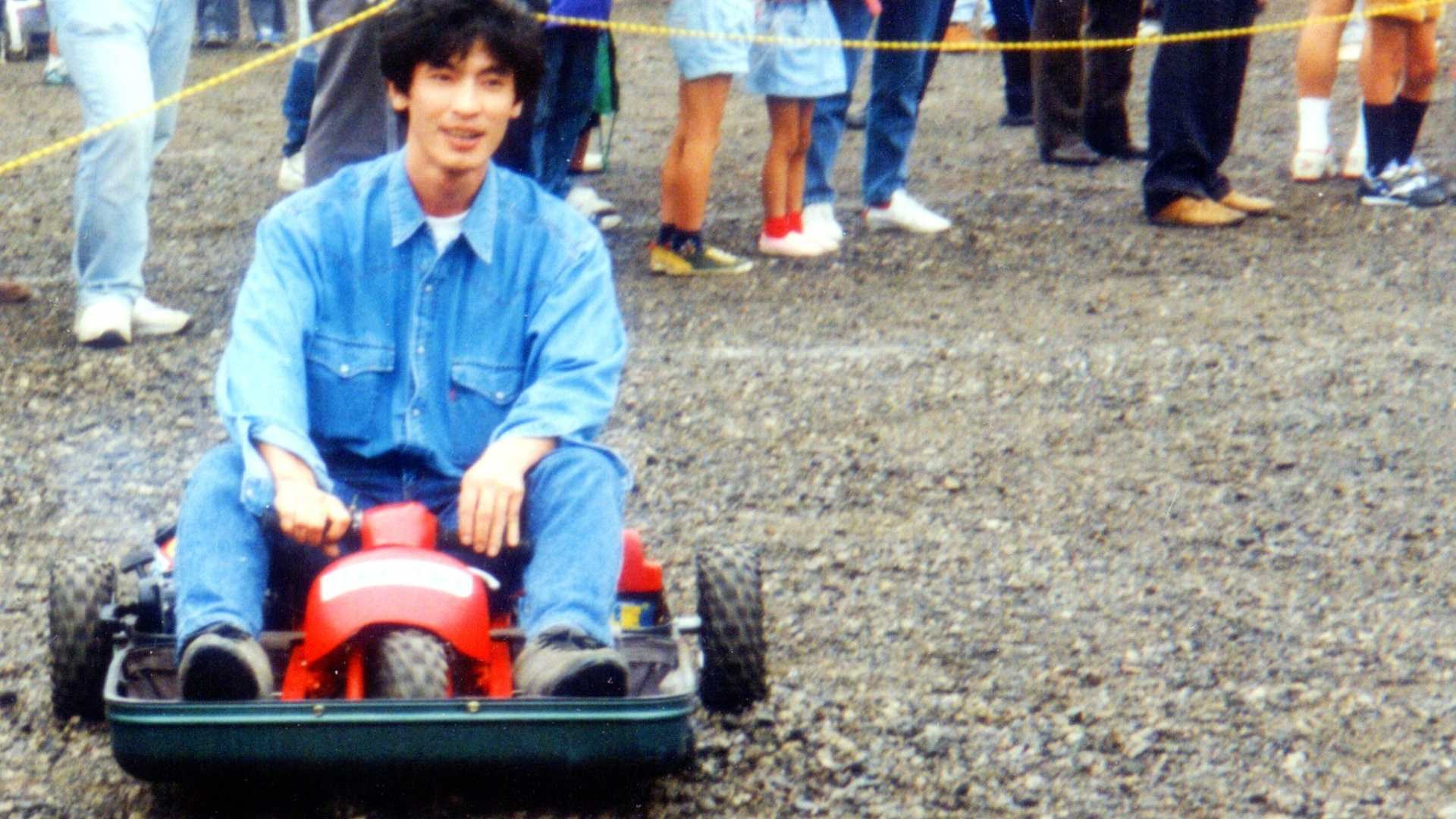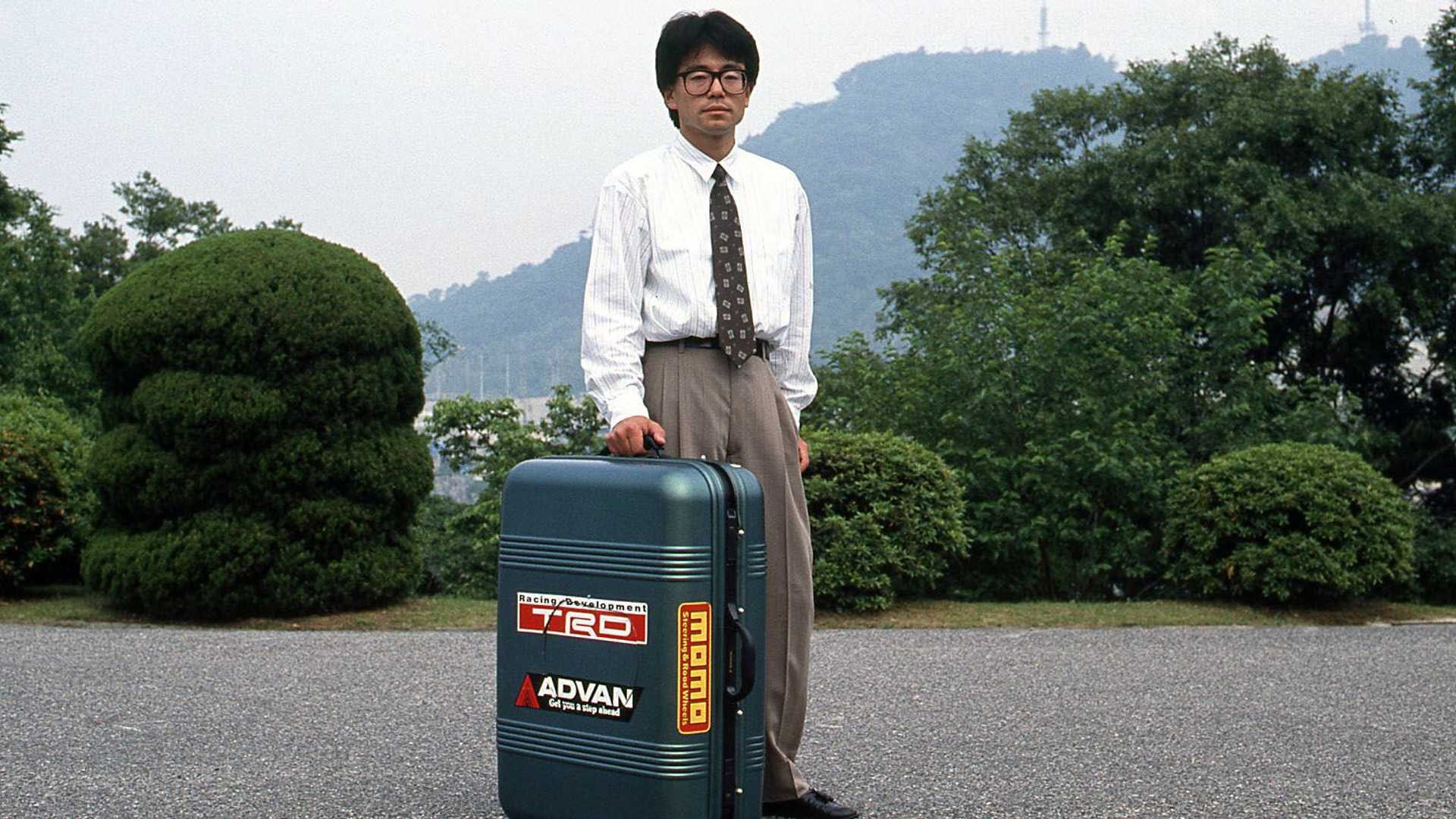Mazda was going through a period of intense innovation in the early 1990s. It had reinvented the classic rear-drive roadster with MX-5 in 1989 and in 1991 it became the first Japanese maker to win Le Mans with the rotary-powered 787B. The same year it also produced a hydrogen concept car, the HR-X.
But The Good Oil is not interested in any of that. Because 1991 was also the year Mazda produced the “suitcase car” (it never really had a proper name).

It was produced as part of Mazda’s Fantasyard programme (1989-91), an internal anything-goes competition that challenged employees to think differently about mobility through a “moving machine”.
A group of seven engineers from Mazda’s Manual Transmission Testing and Research Group built the vehicle from the largest Samsonite suitcase they could find and a 33cc Pocket Bike motorcycle.
The engine and handlebars were mounted inside the suitcase, while the seat was attached over the rear axle. One 6in wheel extended through a removable hatch at the front, while the two rear wheels were attached separately to the exterior.
Read DRIVEN's review of the new Mazda BT-50 Takami
The whole thing could be assembled in a minute and could top 30km/h – the ideal way to rip around an airport for example, as shamelessly ripped off by The Grand Tour TV show in 2019.

It was probably easier to drive than carry, to be honest: it weighed 32kg.
The suitcase car survives to this day… sort of. According to Mazda, the original was “accidentally destroyed” just after Fantasyard 1991 (sounds ominous), but one of two replicas made to display in the US and Europe is still fully operational.









